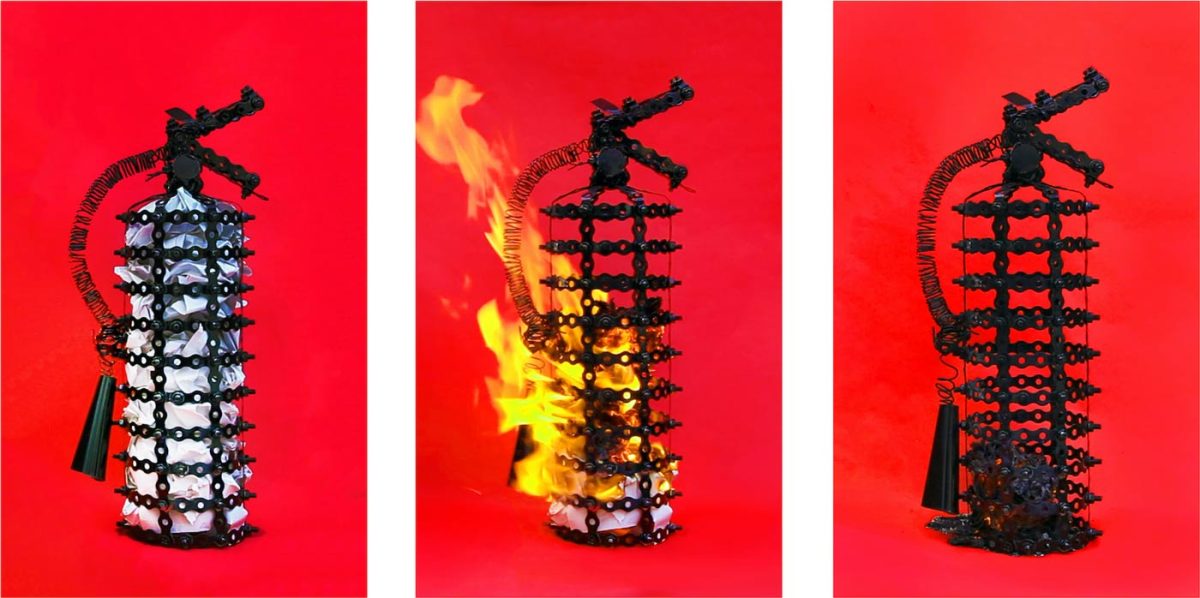
Visitors to Shanghai from May 1 to Oct. 31 have the opportunity to explore the world in a day, see the technological wonders of the future and envision the cities of tomorrow in the 2010 World Expo. With over 190 countries and fifty international organizations, the six-month exposition plans to attract over eighty million visitors, making it the largest world fair in recorded history.
The Expo is filled with the most unique and famed aspects of each country. France sent priceless 19th century artwork on seven different planes; Mexico transferred Mayan ruins as well as a Frida Kahlo self-portrait; and Spain brought a giant, realistic, talking robotic baby.
Despite the impressive nature of these displays, many people, as expressed in the China Daily, question the purpose of spending $55 million dollars to build architectural wonders that will eventually be razed down.
“The 2010 Expo, like any other Expo, is basically a giant advertisement for new technologies, art, and countries,†said Silas Hsu, a junior at Metro High who visited the Expo.
On the surface, the Expo seems to serve only as a temporary, expensive billboard. However, according to the official Expo website, the Expo does have a greater purpose besides just a tourist attraction.
With the theme of “Better city– better life,†the World Expo tackles the issue of finding a balance of urban development and environmental conservation by emphasizing the advancement of technology. The technology displayed at the Expo focuses on improving daily life while aiding environmental conservation by highlighting two main ideas: developing cooperation between countries to invent more efficient green technology and understanding the different cultures of the world to reach that cooperation.
One of Hsu’s favorite pavilions, the Urban Dwellers pavilion, presented six families from six different continents.
“I really liked how the creators of the pavilion creatively juxtaposed every aspect of the families’ lives,†Hsu said, “I learned that people in all urban areas share very similar lives.â€
By bringing pieces of different countries together, the Expo encourages a better understanding, and therefore better cooperation, of different cultures around the world.
Additionally, the Expo also serves to translate the green technology of tomorrow developed by scientists into simpler concepts so that visitors from all corners of the world can understand these technologies in a day-to-day context and, more importantly, use them as paragons to achieve a cleaner lifestyle.
For instance, Japan’s pavilion is nicknamed the “purple silkworm island†because the lavender bubble-like structure ‘breathes’ as if a living organism. In the pavilion, lightweight steel beams are covered by a double layer membrane implanted with solar energy collection batteries that power the pavilion while the ‘caves’ collect rainwater that is used to cool the whole structure. Inside, the floor generates energy by absorbing visitor’s footsteps, machines turn sewage waste into freshwater, and intelligent robots playing violins serenade passersby. The idea is that the pavilion isn’t a building, but an organism that is a part of nature.
Switzerland’s pavilion regulates temperature with a giant curtain made out of soybean extract that degrades in a mere two weeks. At the Portugal pavilion, there is a similar environmental concept and is made of walls covered with cork, an environmentally friendly, biodegradable, relatively economic material sourced from Portugal. Inside is a replica of a cork house that insulates in the winter and keeps cool in the summer with pictures of working models already utilized in daily life.
Madrid’s pavilion is made out of bamboo, which filters sunlight and regulates temperature. Inside the bamboo house, plants water themselves by releasing water from their leaves. The “Air Tree,†an artificial sculpture made from recyclable materials that imitates the functions of a tree creates a collective breathing space amidst urban buildings.
Some of the technologies on display even have the potential to be integrated into everyday life. Take, for example, the mist sprays first displayed in Japan’s pavilion at the 2005 World Expo in Aichi Japan. Introduced just five years ago, mist sprays have been installed in numerous pavilions as a cooling technique for visitors waiting in line.
According to Huang Chen, a professor at the University of Shanghai for Science and Technology, the first civic application of this environmentally friendly cooling system will be installed in Shanghai later this August.
Along with local changes, many dignitaries and scientists from around the world came to observe the new technologies. With an effort to improve cooperation and share ideas, Expo planners have also kicked off a series of six Expo Forums to be held around China in which approximately 600 researchers can discuss problems of rapid urban growth and solutions to rising pollution.
So, as visitors to World Expo 2010 walk among 50 architectural wonders and frolic in expensive imports as each country attempts to show off its unique identity, they are also learning and absorbing technologies that could possibly save the world.






